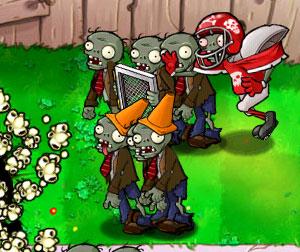
Scientists at University College London have found a direct link between the
number of friends in a person’s Facebook account and the size of four regions of the brain: The amygdala, the right temporal sucus, the left middle temporal gyrus and the right entorhinal cortex. MRIs show that people with more Facebook friends have more grey matter -- the layer of the brain in which mental processing occurs -- in these regions. The “why” behind the findings is a little more elusive: Does having more friends influence the size of these regions, or does increased size predispose a person to having a greater number of friends? Ryota Kanai, one of the UCL researchers involved in the study, told Reuters:
The exciting question now is whether these structures change over time -- this will help us answer the question of whether the Internet is changing our brains.
The researchers used MRIs to examine the brains of 125 university students, all active Facebook users. Among the group, the average number of Facebook friends was 300, the highest was around 1,000. They found a significant link between the number of friends and the thickness of grey matter in the regions. With regard to the amygdala, the finding wasn't surprising: The thickness of grey matter there has been linked to the number of real world friends in the past. The other three regions, however, haven't been – and it seems that they only relate to online relationships. Professor Geraint Rees of UCL noted:
Online social networks are massively influential, yet we understand very little about the impact they have on our brains. This has led to a lot of unsupported speculation the Internet is somehow bad for us," said Geraint Rees of UCL. This shows we can use some of the powerful tools in modern neuroscience to address important questions -- namely, what are the effects of social networks, and online social networks in particular, on my brain.
The study results were published in the journal
Proceedings of the Royal Society B in an article titled “Online social network size is reflected in human brain structure.”



